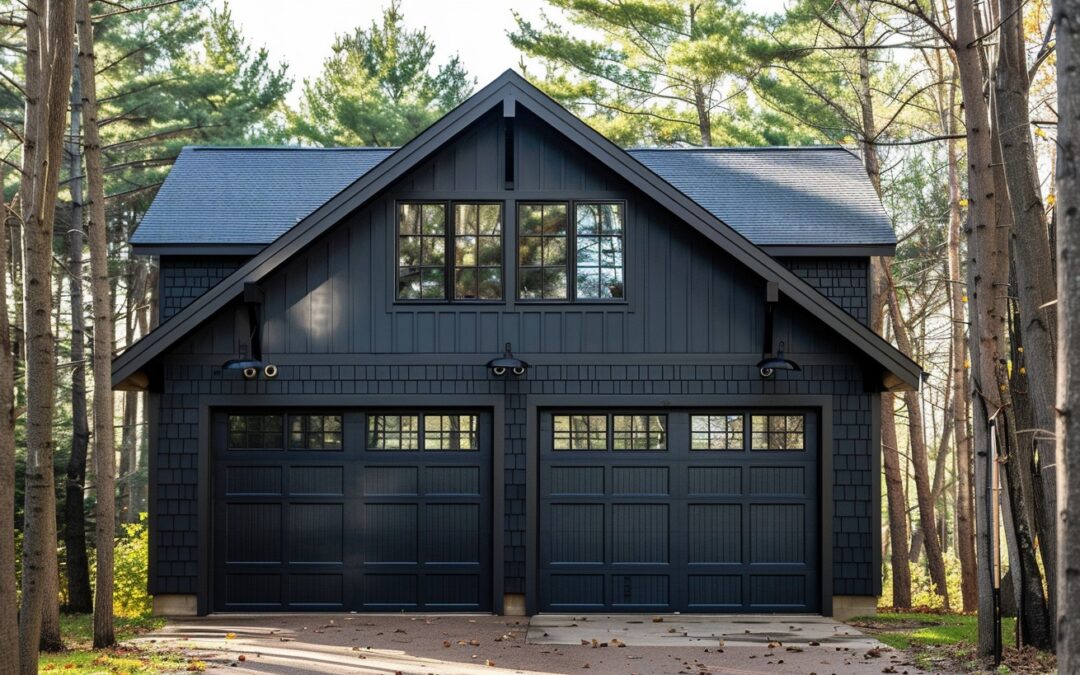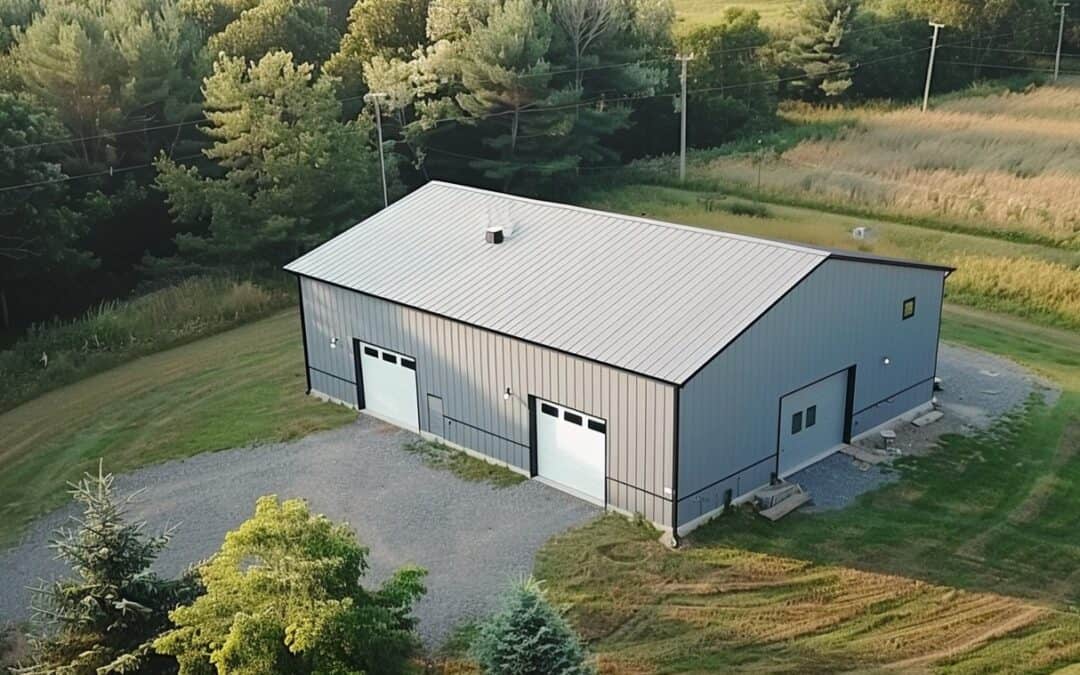$35M Solar Project Lands Near Kamloops: A Stepping Stone Towards Sustainable Construction
The future of construction lies in sustainable strategies. As proof, the Canada Infrastructure Bank (CIB), the Nlaka’pamux Nation Tribal Council (NNTC) and BluEarth Renewables (BluEarth) have recently accomplished a significant step in embracing renewable energy.
An Overview of the New Solar Power Project
The trio announced the successful closure on a $35 million loan for a brand new solar project. This promising venture will call a reclaimed area in the Highland Valley home, showcasing the successful integration of green practices in modern construction.
Who are the Participants?
The collaborative effort that saw the realization of this project involved three main participants. The Canada Infrastructure Bank, a crown corporation which prioritizes investments in green infrastructure, the Nlaka’pamux Nation Tribal Council, who take part in indigenous governance and BluEarth Renewables, a leading renewable energy company.
Project Goals and Objectives
The proposed solar plant will be located on a reclaimed land, demonstrating a promising alternative to traditional construction on virgin land. This project signifies major progression towards the adoption of sustainable practices in construction, painting a positive outlook for our future.
The Significance of this Milestone in Construction
The Highland solar project undeniably stakes a significant claim in sustainability within the construction sector. Sustainable developments like these are becoming a revered global trend and it is affirmatively gaining a foothold in our nation’s construction industry.
Broadening Horizons with Reclaimed Land
The fact that the solar project will be stationed on formerly used land forms a pivotal aspect of the scheme. By utilizing already disturbed sites, this project mitigates further harm to untouched landscapes, earning it the rightful tag of a ‘Green Project’.
Future Implications of Green Projects
This initiative, in conjunction with many others, outlines a path for others to follow, displaying that forward-thinking construction firms can successfully incorporate green energy within their projects while simultaneously benefiting the environment.
Profit with Purpose
Indeed, the implications of the successful financial closure on this solar project send a powerful message to real estate developers and construction firms worldwide. It showcases that it is possible to invest in renewable energy projects that yield not just financial returns, but also substantial environmental gains.
This major step corresponds with the increasing popularity of sustainable and efficient buildings around the world. Today, we don’t just build, but we build with consideration for the world we live in.
Conclusion
As we witness these evolutions in construction practices and real estate development, the future looks bright and green, literally! With more efforts like the Highland solar project, the journey towards a totally sustainable construction industry might be shorter than we think.
Just as the article’s source, Construction EIN News indicates, progress in construction is not just about new buildings, it’s also about the new ways we use and reuse land, how we generate power, and ultimately how we reduce our carbon footprint. What are your thoughts on this green venture? Do let us know in the comment section below.



